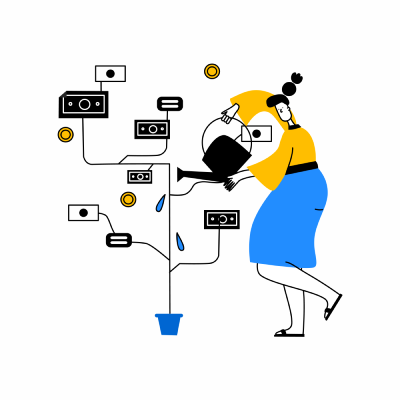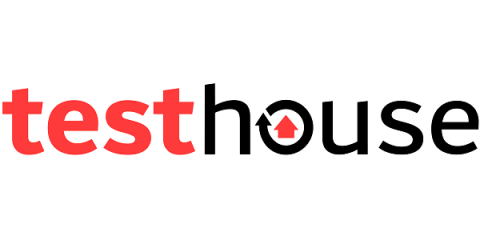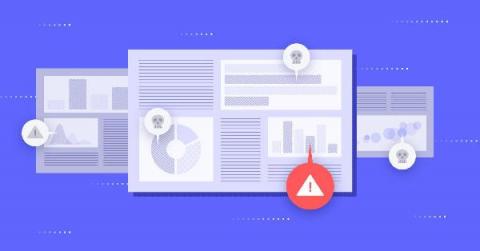Systems | Development | Analytics | API | Testing
%term
The Foundations of a Modern Data-Driven Organisation: Gaining a Clear View of the Customer
Today’s organizations face rising customer expectations in a fragmented marketplace amidst stiff competition. This landscape is one that presents opportunities for a modern data-driven organization to thrive. At the nucleus of such an organization is the practice of accelerating time to insights, using data to make better business decisions at all levels and roles.
Spark Troubleshooting, Part 1 - Ten Challenges
“The most difficult thing is finding out why your job is failing, which parameters to change. Most of the time, it’s OOM errors…” Jagat Singh, Quora Spark has become one of the most important tools for processing data – especially non-relational data – and deriving value from it. And Spark serves as a platform for the creation and delivery of analytics, AI, and machine learning applications, among others.
The Snowplow Strategy: Improve Automation Test Coverage in Five Steps
In software testing, the term test coverage refers to how much of an application’s functionality is covered by test cases. In practice, the term also often refers to the effectiveness of that testing. QA teams use test coverage as a benchmark because it tends to correlate closely with the quality of the end product. Better test coverage typically means fewer bugs get shipped to production.
How to set up advertising analytics in 8 easy steps
Benefits of Load Testing Tool Available in the Cloud
One of the core tasks during load testing is setting-up of required Test Agents or Load Generators. Though it is straightforward in most cases, it can be challenging and time-consuming when you do not have enough details required for hardware sizing and memory footprint and also need support for thousands of virtual users.
Change Data Capture: An Increasingly Critical Mechanism for Organizations
Change Data Capture (CDC) helps your business stay competitive by keeping data up-to-date
13 Things You Shouldn't Be Doing on Daily Standup Meetings
Why dashboards don't deliver on promised business value
Modern data and analytics leaders know that every business user is different. No two marketers or finance managers will use data in exactly the same way because no two share the same contextual view or understanding of the business. Their challenges are as nuanced as they are complex. And they need insights tailored to their specific needs if they are to be successful at solving business problems with data. Unfortunately, traditional BI tools treat everyone like carbon copies.
Kong-plement Your ServiceHub With a Developer Portal
Two of the best (in my opinion) features in Konnect are the ServiceHub and Developer Portal. However, they’re also two of the most misunderstood. Aren’t they the same thing? Why would you need a ServiceHub vs. Developer Portal? Well, I’m glad you asked! The really quick version is that ServiceHub is like your warehouse, where all your products are stored. It’s a comprehensive collection of everything that you have. Your Developer Portal is more like your storefront.











